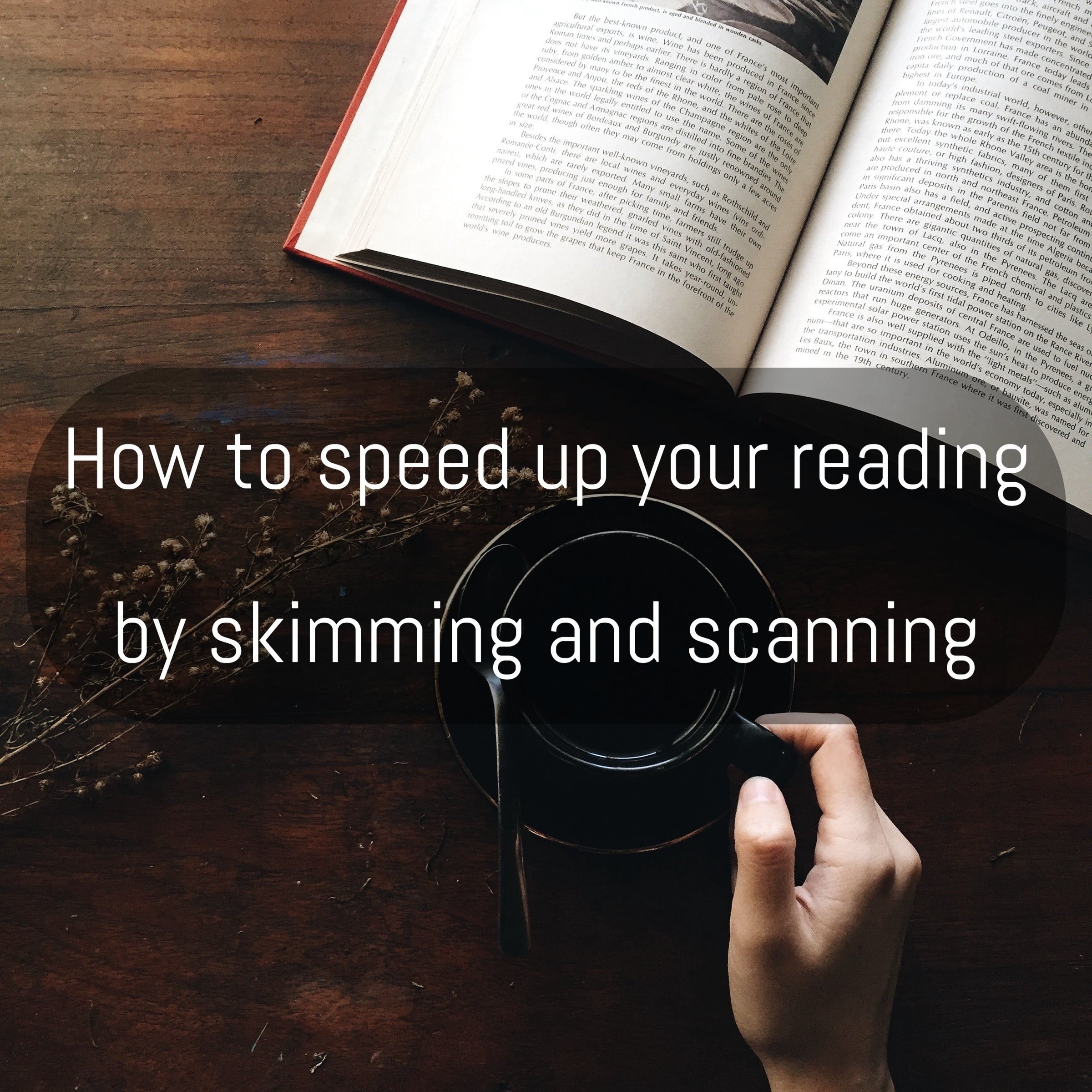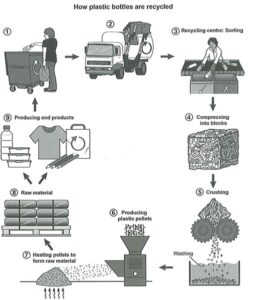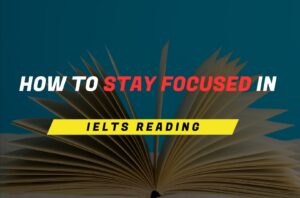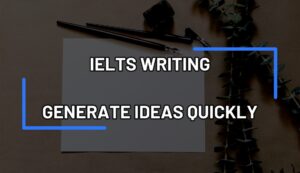Many learners are upset about the fact that it takes them too much time to read a text and answer the questions that come with it. They believe that they should read and understand every single word to be able to understand the gist (general idea of the topic and content of the passage). However, a skillful reader always uses appropriate techniques to save time and energy. The following will help you double or triple your reading speed using skimming and scanning.
What is skimming, and how can we do it properly?
Skimming is a rapid reading technique that helps you go over the text quickly in order to:
- get the big picture and understand what the passage is all about;
- understand the main idea of each paragraph; and
- familiarize yourself with the structure of the passage and know what type of information is in each section.
In order to skim efficiently, you need to follow a few guidelines:
Focus on content words and try to ignore function words
Content words are nouns, verbs, adjectives, and adverbs (e.g., home, fantastic, arrive, and happily) that have meaning and convey information. On the other hand, function words are only necessary for grammar and add little meaning. Prepositions, articles, auxiliary verbs, conjunctions, and pronouns (e.g., to, at, in, on, by, he, them, does, but, and) are all in this group.
As an example, read the following text without paying any attention to the function words.
Born in a suburb of Chicago, Hemingway began writing in high school, and After graduation, he worked as a reporter. During World War I, he tried to join the army but was turned down because of his age. Instead, he volunteered as an ambulance driver for the Red Cross. In Italy, he was injured by a mortar shell and was sent home. He was only eighteen years old.
Now you know the gist of the paragraph and feel that your reading speed is a little higher.
Guess the definition of unfamiliar words and move on.
Many people just stop reading when they come across an unfamiliar word and try to find its precise definition. Remember that you just want to understand the main idea and the big picture in this step. YOU DO NOT NEED to understand the definition of every word to do so. Slow down, make a quick guess, and then speed up again. Do not stop!
Pay more attention to the first and last sentences of each paragraph and go through the middle section quickly.
The first and last sentences usually contain the main ideas and most important elements of a paragraph. If you don’t have much time, then only ready these sentences. That’s how important they are. However, quickly going through the middle part helps you get a better idea of what is being discussed because this part of the paragraph contains supporting ideas and examples.
What is scanning, and when do we use it?
Scanning usually comes after skimming. After getting the big picture and knowing what type of information can be found in each section, you can use the scanning technique to find specific information (the answer to a question) in the passage. You can do this by matching names, dates, numbers, exact words, synonyms, etc. in the question and text.
First, skim the text below quickly in a few seconds.
Example:
Born in a suburb of Chicago, Hemingway began writing in high school, and After graduation, he worked as a reporter. During World War I, he tried to join the army but was turned down because of his age. Instead, he volunteered as an ambulance driver for the Red Cross. In Italy, he was injured by a mortar shell and was sent home. He was only eighteen years old.
Hemingway’s life was an adventurous one in which he challenged and the dangers of war. He fought in the Spanish Civil War, was a correspondent in World War II, and ran with the bulls in Pamplona. He was an amateur boxer, avid hunter, and record-holding deep-sea fisherman.
Now, can you guess which part contains the answer to the following question?
What did Hemingway do in World War II?
In our example, good readers ignore the first paragraph because they know they have seen the keyword (World War II) in the second. You don’t read the whole text, nor do you read all of the second paragraph. You find the keyword and read the text around it to find the answer: he was a correspondent.
This was a simple example to show you how scanning works. With some practice, you can use skimming and scanning in long passages without running out of time.
Follow us on YouTube for more tips and resources.







